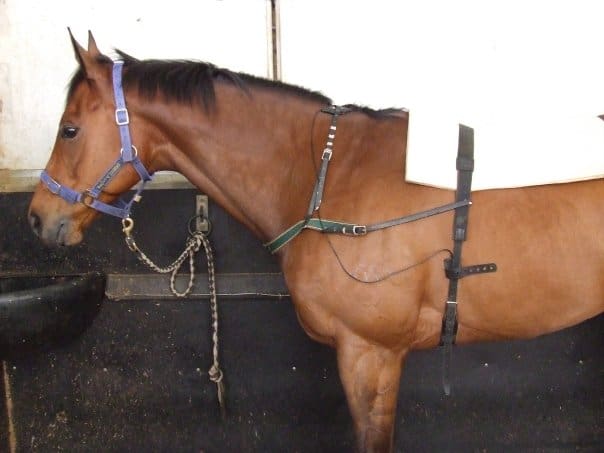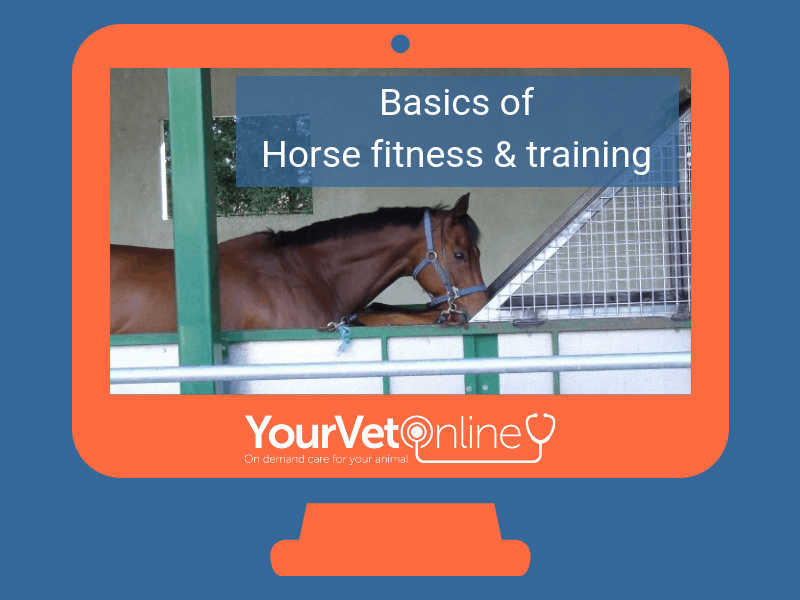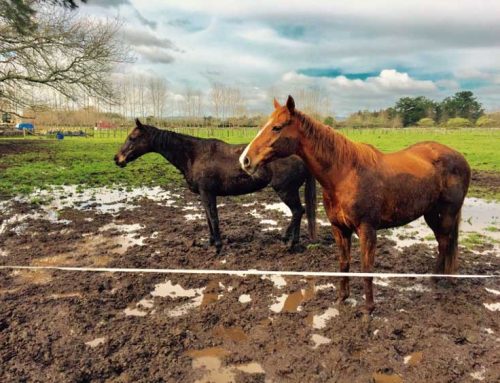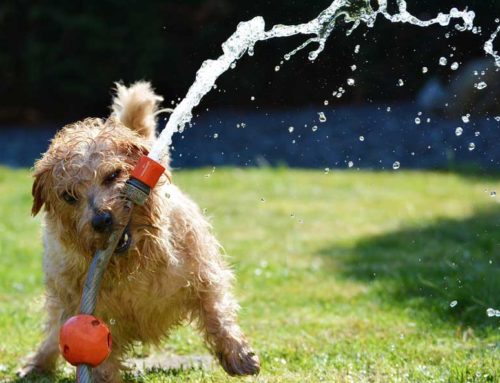Horse Fitness And Training Guidelines
[easy-social-share]
The key to implementing and maintaining a horse fitness training program is to keep the horse both physically and mentally sound.
Regardless of whether you are a pleasure rider or an elite rider, a racehorse trainer or jockey understanding the basics of horse fitness and training will improve the well-being and longevity of your horse by keeping them injury-free.
The basis of any fitness training program whether it is with horses or for people is to stimulate adaptions in the muscle, heart and lungs.
The fancy word for this is Overload Principle i.e. for continual adaptation to occur, the level of stress placed on bones, muscles, and organs needs to increase.
However, adaptations take time. They don’t occur overnight.
They also require an adequate recovery period to allow for repair of damage that occurs in the process of creating stress (the training).
For this reason, it is very easy to create an unbalance in the overload with the recovery phase resulting in a horse that becomes compromised and injured.
This article describes how you can increase your horse’s fitness whilst ensuring they remain injury-free and happy.
Let’s get right to it.
[easy-social-share]
What Does A Horse Training Program Involve?
The process of training a horse requires stress to occur. Damage to cells will occur.
This means that during the process of training the horse will actually become weaker, not stronger.
The level of weakness that occurs depends on the severity of the exercise stress and the degree of cellular damage.
Before you all freak out, this isn’t the end of the world!
When we design a training session we need to consider the following:
- stress to the horse
- recovery allowance
- overcompensation and
- adaptation
The following notes will discuss this in further detail.
To Gain Fitness The Horse Requires Stress
The key to the horse adapting to an exercise and becoming fit is stress.
In terms of a horse fitness training program, stress can be supplied by variations of:
- intensity
- duration
- frequency
The key to finding an appropriate training system, and what separates the good riders and good trainers from the poor, is an understanding of the differences in stress, how and when to apply it and when the horse needs rest.
If the stress is too small in either intensity or duration, then we are effectively wasting our time and little to no adaptation will occur.
But if we cause too much stress ie. the intensity is too high or prolonged or we keep training without a break, then adaptation is delayed or in some circumstances can even be prevented from occurring.
When this occurs we see illness and injuries.
How Do Variations In Stress Influence Equine Fitness
As mentioned above an effective training program must utilise different levels of stress. But what does this all mean?
Intensity Of Exercise
This refers to how hard the horse is asked to work. So it could mean how fast the horse gallops, or if we are really fancy, what heart rate the horse has at a particular speed.
The greater the intensity the more stress that is applied to the muscles, heart, lungs and cellular systems.
Intensity needs to be monitored closely as increasing the intensity too quickly or too early in the training program can be very destructive.
A response to a program that is too high in intensity is that you might notice signs such as sore muscles or swelling of joints that require longer recovery periods.

Heart rate monitoring equipment can help you to determine how your horse is handling the stress of exercise.
Duration Of Exercise
This refers to the amount of time spent working during the training session.
For example, how long you might gallop your horse for at a specific intensity or speed. It could be how long you spend in the arena working on figure eight movements at the canter.
Frequency Of Exercise
This refers to the number of training sessions or repetitions at a certain intensity and duration.
An example of this is interval training, where you might repeat a gallop of 1000m at 3/4 pace three times, with a 2 minute break between each gallop.
What Is The Ideal Horse Fitness Training Program?
The best horse fitness program that you can provide your horse is the one that serves maximum benefits with the least amount of training.
Basically, you want to maximise adaptations, while minimising cellular and systemic stress.
Many will agree that the recovery period plays a crucial role in achieving the fine balance of a training program and minimising this stress.
Remember, the recovery period needs to be long enough to repair and remodel tissue, but not so long as to cause the systems to reverse back to their original, unfit state.
So let’s design a program!
Considerations in the design of a training program to get your horse fit
When designing a fitness training program for your horse it is important to ask ourselves the following questions:
- what events or goals do you want your horse to achieve (a particular race, the start of the eventing season etc)
- how long has your horse been out of work for
- how old is the horse
- what injuries does the horse have
- what facilities do you have available to train on
- what is the climate where you will train
All these factors need to be considered to provide a program that is individualised to each horse.
As we said above, an ideal program is one that maximises adaptation while minimising stress. So we want to do the least amount of training to achieve the maximum benefits.
Not all our body systems adapt at the same rate. This means that while we might ‘think’ our horse is fit, when in fact it may actually be struggling.
A common scenario we see is when we think a horse is fit because they aren’t blowing (huffing and puffing). In reality, it takes a lot longer for the muscles and tendons to adapt to fitness stress than it does for the lungs to adapt. Therefore pushing a horse because it is not blowing can lead to muscle, tendon, ligament and joint injuries.
In general, we want our musculoskeletal system to adapt for the purpose that we want our to horse to perform for. The main areas of adaptation for muscle include:
- storage of muscle glycogen
- the utilisation of muscle glycogen and fat as an energy source
- the capacity to sustain a speed (intensity)
- the capacity to take up and use oxygen
For example, if we consider endurance horses for a moment. The key energy source for endurance horses is fat. So we need to provide a fitness program that is specific for their type of exercise.
For an endurance horse, we want the program to specifically provide adaptations to improve the muscle’s ability to metabolise fat as an energy source. This means that while we might feed a higher fat diet, we also need to look at what sort of training we provide ie. long slow workouts as opposed to sprint sessions.
Effective Training Minimises Injury
Sadly, many people fail to adequately train their horses for the purpose that they expect them to perform.
In this situation, we see injuries to the muscles, joints, tendons and ligaments.
Our horses may get sick or just ‘do poorly’, while others may suffer from gastric ulcers or skin conditions.
Training is as much an art as it is a science. Understanding the basics will go a long way to ensure that you don’t hurt your horse.
If you are after more personalised advice to help you develop a conditioning program for your horse Dr Leigh is available at this email address.
[easy-social-share]






Leave A Comment